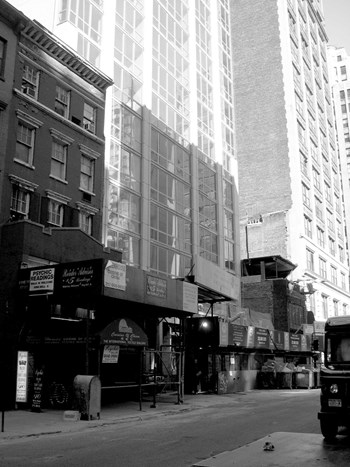
When one looks at the real estate market in New York City—which, excluding such homeowners’ havens as Bay Ridge, Bayside and Staten Island, usually means the apartment market—one sees a picture similar to last year. All over the country, one hears about “the real estate bubble bursting,” but that metaphor doesn’t seem to have reached New York yet.
Whether looking at online or print listings, one sees hundreds of pages of new condos for sale in Williamsburg, Harlem, Tribeca, Bushwick, Prospect Heights and other areas. Prices can range from about $270,000 to tens of millions of dollars, and the names associated with new projects in the city read like a who’s who of real estate investment and development. Developers with projects on-deck for occupancy this year and 2009 include Gary Barnett (Extell), Richard Meier, Mario Percedo, Steven Ross (Related), Jeff Levine (Douglaston Development), Ron Moelis (L&M Equities), Toll Brothers, Veronica Hackett (The Clarett Group), Bruce Ratner (Forest City Ratner), Joe Moinan (the Moinan Group), Ed Minskoff (Minskoff Equities), The Albanese Organization, The Sheldrake Organization, LCOR, SJP Properties, Alchemy Properties, Boymelgreen, Don Capoccia (BFC Partners) and ARC Development.
“It’s not like anyone has stopped [building],” says Frank Percesepe, vice president of residential sales for The Corcoran Group in Brooklyn, and some companies have multiple projects in the works, or recently completed and ready for buyers. For example, Rockrose Development has just brought to market 99 John Deco Lofts, a 442-condo conversion in the Financial District, and a 184-unit development called The View at East Coast in Long Island City, reports Kathleen Scott, a spokesperson for the company.
According to Steven Spinola, president of the Real Estate Board of New York (REBNY), other high-profile development projects include Extell’s Rushmore, the Albanese Organization’s William Beaver House and Visionaire buildings, W New York Downtown by the Moinian Group. Other developments, such as the Brompton and Harrison condos by the Related Companies and Forest City Ratner’s Beekman Tower, are slated for occupancy in 2009.
To these, Percesepe adds 101 Warren Street, “A wonderful building waiting for occupancy and totally sold out”; the Superior Ink condos in the West Village, “A very high-end luxury building right on the Hudson River. Those are just the ones that come to mind. There are so many of them.”
Condos Are Hot
Of course, new condos are being built all over the city, and new rentals are being built, too. But few, if any, new co-ops are being constructed. If rental buildings are being converted, they’re being converted to condos.
This is in stark contrast to the 1980s, when it seemed that half the older rental buildings in the city, even some five-story walk-ups, were being converted into co-ops, and all the scuttlebutt had to do with “black books,” “red books” and conversion plans. It seemed then that entire neighborhoods were “going co-op,” building by building, block by block.
But nowadays, condos are the hot category. “Condos are extraordinarily popular,” says Percesepe. “You actually own your own property. You’re not dealing with a co-op board. There are people who love having a strong co-op board because they think that means the building will be well managed. But others want to own real property, not just shares in a corporation.”
What neighborhoods are showing the most concentrated new development?
Scott points to the Financial District, the Far West Side, Downtown Brooklyn and Long Island City. Spinola says that “new development is occurring in many neighborhoods around the city, including West Chelsea, Hudson Yards, Greenpoint/Williamsburg, Lower Manhattan and the Financial District, Northern Manhattan, Midtown, the East Side and the West Side, Downtown Brooklyn, Astoria, Rego Park and Long Island City, to name a few locations.”
And to these, Stephen Kliegerman, executive director of development marketing for Halstead Property, adds Prospect Heights, Kips Bay, Harlem, the Rockaways, East Harlem, Flushing, Clinton, Roosevelt Island and Fort Greene.
Hudson Yards, the High Line & Second Ave.
Consider the Hudson Yards area on Manhattan’s Far West Side. Most will recall when the original plan for the Jets Stadium and associated development over the Long Island Railroad yards was defeated after a long and bitter political struggle in 2007. Now, however, the city is seeking other development proposals for the Far West Side. There are several competing plans for the area, which include those from The Durst Organization, The Related Companies, Tishman Speyer, Extell and Brookfield Properties.
Nowadays, the area—or the part of it not taken up by the rail yards per se—is mainly low-rise industrial, but current proposals ultimately envision a mix of commercial and industrial development.
“Each [commercial and residential] element will support the other,” says Rachaele Raynoff, a spokeswoman for the Department of City Planning (DCP). “Commercial development would follow a path coinciding with the No. 7 train expansion, while residential will go ahead first. We’ve had a great many developers already pay into the improvement fund committed to the area.”
All in all, the uncertainty over the fate of the Hudson Yards has not had an appreciable negative impact on developers looking to build on the West Side. There is strong interest, according to reports, in both the western and eastern parts of the railyard sites.
Two other important factors are the construction of the Second Avenue subway, and the transformation—already underway—of the High Line in West Chelsea into an elevated park. How will they affect developers, housing construction, and the condo and co-op world in particular?
The Second Avenue subway, whose first segment would only cover the area between 63rd and 96th Streets, would almost certainly raise the value of the land around Second, First, and York Avenues on Manhattan’s Upper East Side. It could also help the situation around Lexington Avenue, since it would doubtless reduce the crowds on that ultra-crowded line.
“If you go back to the days when I was a broker,” says Percesepe, “it was difficult to sell things too far from the subway.” The situation in the Yorkville area, he adds, has already improved since the introduction of cross-town bus services, and is likely to improve further with the Second Avenue subway.
Still, the construction of the subway will likely make for at least a few complications. “There are locations along Second Avenue for the entire length of the proposed new subway that require an easement for a subway entrance,” says Spinola. “Builders are aware of this before they proceed, and work with the MTA to ensure that their projects satisfy the requirements of the easement and that their projects move forward expeditiously.”
As far as the High Line is concerned, the work is spurring development already. If one takes a walk around that area, one can see cranes working on the former freight railway itself, several sections of which have been repainted. But one also sees something else: new residential buildings under construction or just constructed, next to the High Line on almost every street from the low West 20s on down. The fact that there is now a club called the Highline Ballroom, and buildings advertise themselves as being in the “Highline District,” shows how desirable even the concept of the High Line has become.
“The High Line has spurred a lot of development in West Chelsea,” says Percesepe, “and many buildings are going up. The Jean Nouvel building at West 19th Street and the West Side Highway is a spectacular building. There’s going to be some wonderful architecture in that area.”
Conversions and New Units
So far, we’ve mainly been talking about new construction. But Kliegerman of Halstead also points to healthy conversion activity. He details conversions ongoing in many parts of the city, in neighborhoods ranging from the Wall Street area to the Upper West Side to the Upper East Side to Brooklyn’s DUMBO. Asked about existing buildings where conversions are planned for the near future, he mentions two—200 East 66th Street and 80 Greenwich Street in Manhattan.
How many new condo and co-op units are being constructed or planned for 2008? The exact number is somewhat hard to pin down. Raynoff explains that last year about 32,000 units of all kinds received permits—although that includes rentals, condos and single-family homes. Industry insiders believe that that number will hold or be exceeded this year.
Raynoff added that Brooklyn led the city in housing permits, with nearly 11,000. No wonder, with some of the high-profile condos that were unveiled in the past few years: ranging from the Oro Condos to On Prospect Park to The Arches at Cobble Hill to Northside Piers—all the way to One Hanson Place (the former Williamsburg Bank Building).
Spinola adds that REBNY, in conjunction with builders, sales brokers, mortgage brokers, who all analyze the market, combined with strong prices holding throughout the past year, should lead to “continued growth in prices and a steady supply of new product.”
The Subprime Fallout
In January “there were 153,745 initial foreclosure notices sent out in the United States,” according to statistics by RealtyTrac that appeared in The New York Times. The number of foreclosure notices is particularly startling in comparison to the 43,000 newly built single-family homes sold. With foreboding statistics nationally, the question hanging over the real estate industry in New York City is what the ultimate impact of the much-discussed subprime mortgage crisis will be on the city’s real estate market. Will there be fallout, or is the city’s market so robust as to be immune?
Certainly some neighborhoods are suffering already. Parts of the city that have been hardest-hit by subprime foreclosures include Bedford Stuyvesant, Flatbush, East New York, Rochdale and Jamaica—all of them lower- to middle-income, mainly minority neighborhoods in the boroughs with a large number of single-family homes. Last month, Queens had a total of 80 foreclosure auctions, and according to The New York Times, in “the Jamaica and Hollis sections…where subprime lending has proliferated, there were 784 foreclosure filings for two-to-four-family properties in 2007, more than three times the 233 filings in 2004.” In addition, Brooklyn had a 20 percent increase in foreclosures over January, with 53 auctions, and in Staten Island, foreclosure rates were up 260 percent from January 2007. And according to a report by Propertyshark.com that tracks first time foreclosures, there has been a 13 percent increase in New York City foreclosure rates since January, and rates were up 113 percent since February 2007.
But, while, “there definitely will be…effects from the subprime crisis,” says Percesepe, “it’s not really what’s happening in Manhattan, or even in most of the areas we deal with in Brooklyn, because people are now required to put a lot more money down on their apartment. There will be some, but those [subprime mortgage] instruments were not used with the same frequency in these areas as in other neighborhoods.”
“Neighborhoods that are well-established will continue to sell,” says Kliegerman, “but neighborhoods just on the cusp of becoming hot may struggle more.”
Indeed, that seems to be happening in Red Hook, Brooklyn where many trendy bars and restaurants—opened several years ago when that neighborhood seemed to be next coming thing—have now closed.
And what about the well-publicized layoffs in the financial industry and elsewhere—have they affected the condo and co-op market? “When there’s trouble in the stock market, there tends to be a lot of hesitation on the part of buyers,” says Percesepe, “but we still ended up with a good month in January. All of that remains to be seen.”
Then again, what about the rumors of some developers having trouble filling their projects? One answer might be that there are all types of different developers—some successful and some not. When a development doesn’t attract buyers, all sorts of things—poor location, poor construction, lack of amenities and housing downturns—can play a part.
Finally, where does the city see future areas of residential growth and development?
Raynoff says that the future goal is to encourage “direct-growth areas along wide corridors of transportation. We are working with the community on underdeveloped areas in the South Bronx, on Sherman Creek [the industrial area of Inwood] and other areas. All of them involve rezoning.”
The bottom line seems to be that while the Big Apple may not be in the midst of the kind of exuberant, build-now-and-ask-questions-later frenzy of three or four years ago, there’s no shortage of interest in—or capital for—building newer, more luxurious residential developments.
Raanan Geberer is a freelance writer and editor living in New York City.



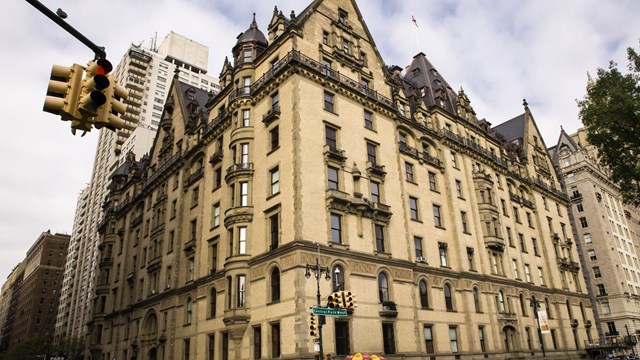
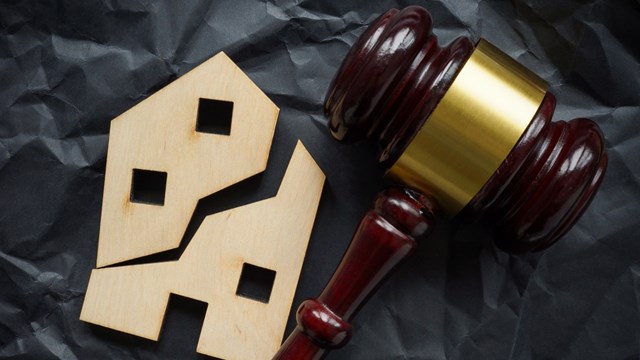


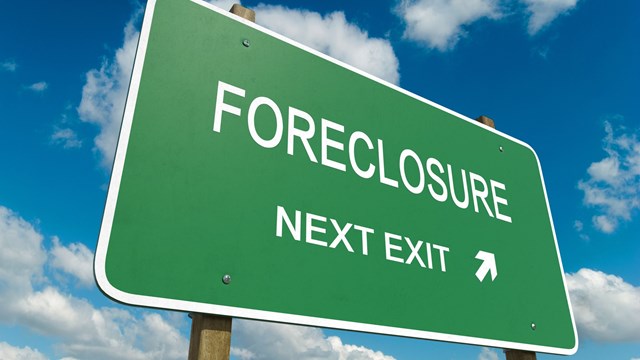
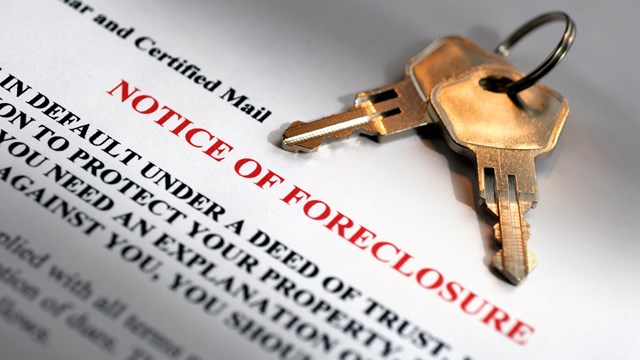
Comments
Leave a Comment